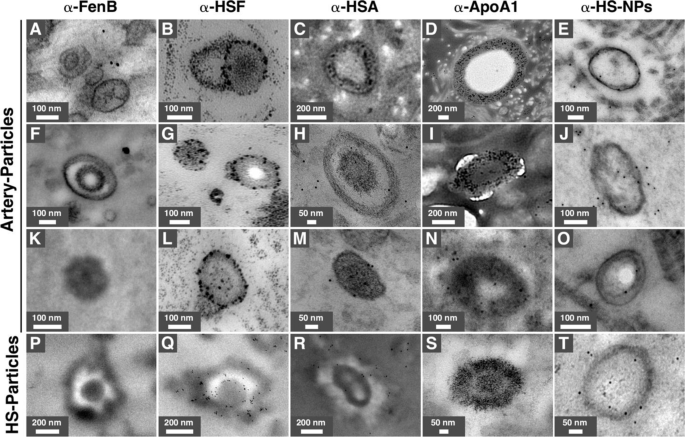

The benefit was that the lighting equipment head could be placed wherever was needed to avoid reflections.
#MEGA PTGUI PRO SOFTWARE#
Software was also required to build a link between the two panoramic heads - The lighting system worked as a slave to the recording system. The post-processing required to repair this is laborious and can never recreate color or information that was lost in the recording.īy separating the recording equipment from the lighting equipment we were able to achieve remarkable results - but a second panoramic head was needed. This is a disaster when working under pressure and results in varying exposures (in the hotspot the image is over-exposed with very strong speckles of light). Usually this happens at the very center of the painting (depending on the height of the painting and the position of the panoramic head). The advantage of this method is an absence of shadow (which can be a good thing but is not always desirable) but the drawback is that you produce an extremely destructive hotspot when the lens axis is perpendicular to the surface of the painting and the flash is directly reflected back into the lens. However this solution results in the flash beam and the camera operating in line with the lens axis. The usual setup, in fact the one that has been used until now by everybody using panoramic equipment with follow-on (not ambient) lighting, was to mount the flash unit with the panoramic head. The main specification that Factum Arte pushed for was to separate the flash unit working in tandem with the photographic equipment. The flash system we chose was an Elinchrom 1/1000th of a second duration flash head, coupled with a zoom unit made of 2 large lenses that can focus the flash beam to suit the very small angle of view of the 600mm lens.Īctual working build of the Autofocus assist laser trigger installed on the panoramic head. The use of a UV filtered high speed flash was the solution to shoot fast, freeze each photograph and get the maximum sharpness possible. This also resulted in a workflow that was impractical. In order to profit also from the best settings for the lens, it was necessary to 'stop down' the lens at f9 to f16, reducing the light coming in, resulting in very long exposures.

In addition to this there were serious focus and depth of field issues. Many seconds multiplied by thousands of photographs means hours of lost time. Even with the most stable Dr Clauss HD panoramic head, vibrations during the exposure time could not be avoided except by waiting many seconds after each movement and 'mirror up' (during this time the system would physically stabilize).

When recording at high resolution with a 600mm lens the lighting is a critical issue.
#MEGA PTGUI PRO FULL#
Due to the weight of the lens a sturdy full frame panoramic head was needed, accurate enough to move 6+ kg of equipment in steps of 2degrees or less. A 600mm telephoto lens was fitted to a DSLR. The aim was to photograph at a distance of 6-9 meters and still achieve high resolution (400-600dpi at 1:1). Our first requirement was simple- Factum Arte had to record the whole of the Sala Bologna in the Vatican in 3 working days.
#MEGA PTGUI PRO DOWNLOAD#
Laser device attached to both CLAUSS heads for the purpose of follow-on calibration.Īutomated panoramic photography equipment consists of a motorised panoramic head and a computer (to control the head) as well as the recording device (camera) and the archiving software to download and name the resulting photographs. They responded and helped find a way to achieve the goal of overcoming the problems inherent in recording cultural heritage.

He engaged in extensive conversations with Roland Clauß and Susanne Clauß. Grégoire Dupond started defining Factum Arte's specific brief and equipment needs. Testing the repeatability of flash for a session of 700 shots one every 5 seconds (video).


 0 kommentar(er)
0 kommentar(er)
